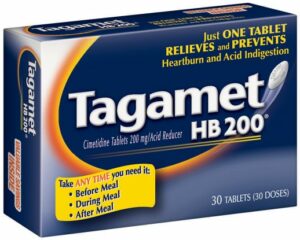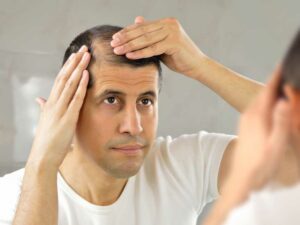
Title
Melatonin increases anagen hair rate in women with androgenetic alopecia or diffuse alopecia: results of a pilot randomized controlled trial.
Hair Loss Study Abstract
BACKGROUND: In addition to the well-known hormonal influences of testosterone and dihydrotestosterone on the hair cycle, melatonin has been reported to have a beneficial effect on hair growth in animals. The effect of melatonin on hair growth in humans has not been investigated so far.
OBJECTIVES: To examine whether topically applied melatonin influences anagen and telogen hair rate in women with androgenetic or diffuse hair loss.
METHODS: A double-blind, randomized, placebo-controlled study was conducted in 40 women suffering from diffuse alopecia or androgenetic alopecia. A 0.1% melatonin or a placebo solution was applied on the scalp once daily for 6 months and trichograms were performed to assess anagen and telogen hair rate. To monitor effects of treatment on physiological melatonin levels, blood samples were taken over the whole study period.
RESULTS: Melatonin led to a significantly increased anagen hair rate in occipital hair in women with androgenetic hair loss compared with placebo (n=12; P=0.012). For frontal hair, melatonin gave a significant increase in the group with diffuse alopecia (n=28; P=0.046). The occipital hair samples of patients with diffuse alopecia and the frontal hair counts of those with androgenetic alopecia also showed an increase of anagen hair, but differences were not significant. Plasma melatonin levels increased under treatment with melatonin, but did not exceed the physiological night peak.
CONCLUSIONS: To the authors’ knowledge, this pilot study is the first to show that topically applied melatonin might influence hair growth in humans in vivo. The mode of action is not known, but the effect might result from an induction of anagen phase.
Author
Fischer TW; Burmeister G; Schmidt HW; Elsner P
Address
Department of Dermatology and Allergology,
Friedrich-Schiller-University,
Erfurter Strasse 35, D-07740 Jena, Germany.
Source
Br J Dermatol 2004 Feb;150(2):341-5
Language
English





